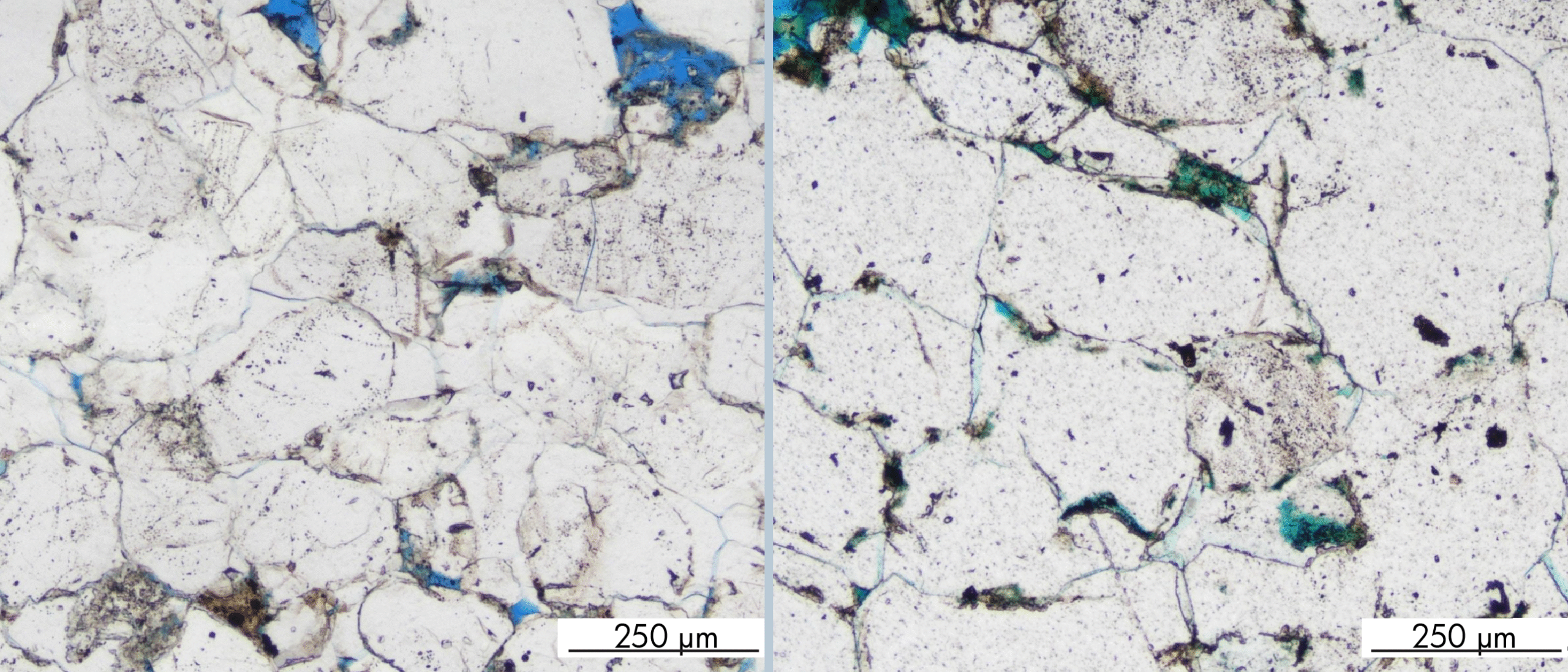Following a string of four discoveries that altogether may add up to about 250 MMboe, Equinor and partners Vår Energi (25%), Idemitsu Petroleum (15%) and Neptune Energy (15%) have now spudded well 35/11-25 to the northwest of the Echino South (35/11-23) discovery to test the Apodida prospect. The operator suspended drilling 31/11-1S in PL785S in the Stord Basin in order to spud the well.
According to the Environment Agency, the main target of the 35/11-25 well are Upper Jurassic sandstones, with the Etive Formation of the Brent Group being the secondary target. The same pre-drill scenario was used for the 35/11-23 Echino South well drilled in 2019. However, the biggest surprise of this well was that the Brent contained much more oil than expected whilst the Upper Jurassic Sognefjord Fm reservoir did not deliver as foreseen. Could a similar surprise happen with 35/11-25?
Attend the NCS Exploration – Recent Advances in Exploration Technology Conference, May 19-20, and listen to Kristina Helland-Hansen (VP EXP NUKE Assets North Sea at Equinor) who will give a keynote entitled “Greater Fram – The Ship That Never Sinks!”
We found an interesting Msc thesis written by Ole Christian Engdal Sollie at the University of Bergen (2015) in which hydrocarbon column heights in the area around Fram are extensively studied. From a Top Brent surface in this thesis we could place a fault in the map above. This fault most likely forms the north-western boundary of the Echino South discovery. With 35/11-25 probably being positioned in the hanging wall of this fault, it thereby forms an on-strike equivalent of the 35/11-8S discovery to the northeast.

The undeveloped 35/11-8S discovery contains oil and gas in an Intra-Heather sandstone and found the Brent water wet. Appraisal well 35/11-9 found oil-bearing Intra-Heather sandstones but did not test the Brent.
Based on the stratigraphy drilled in the 35/11-8S discovery, and the fact that 35/11-25 is being drilled in a downthrown block with regards to the Echino South discovery, it seems to make sense that the primary target should indeed be the Upper Jurassic, with a possibility of Brent prospectivity in case the fault has sealing capacities. A surprise similar to Echino South – with more oil proven in the Brent than was foreseen – is probably a little less likely though, given the more downthrown nature of the prospect.
Migris, the company that specialises in modelling hydrocarbon generation and migration, reckons that the probability of oil migration to have taken place at the 35/11-25 well location is 99% for the Upper Jurassic, and 89% for the Middle Jurassic.
HENK KOMBRINK





